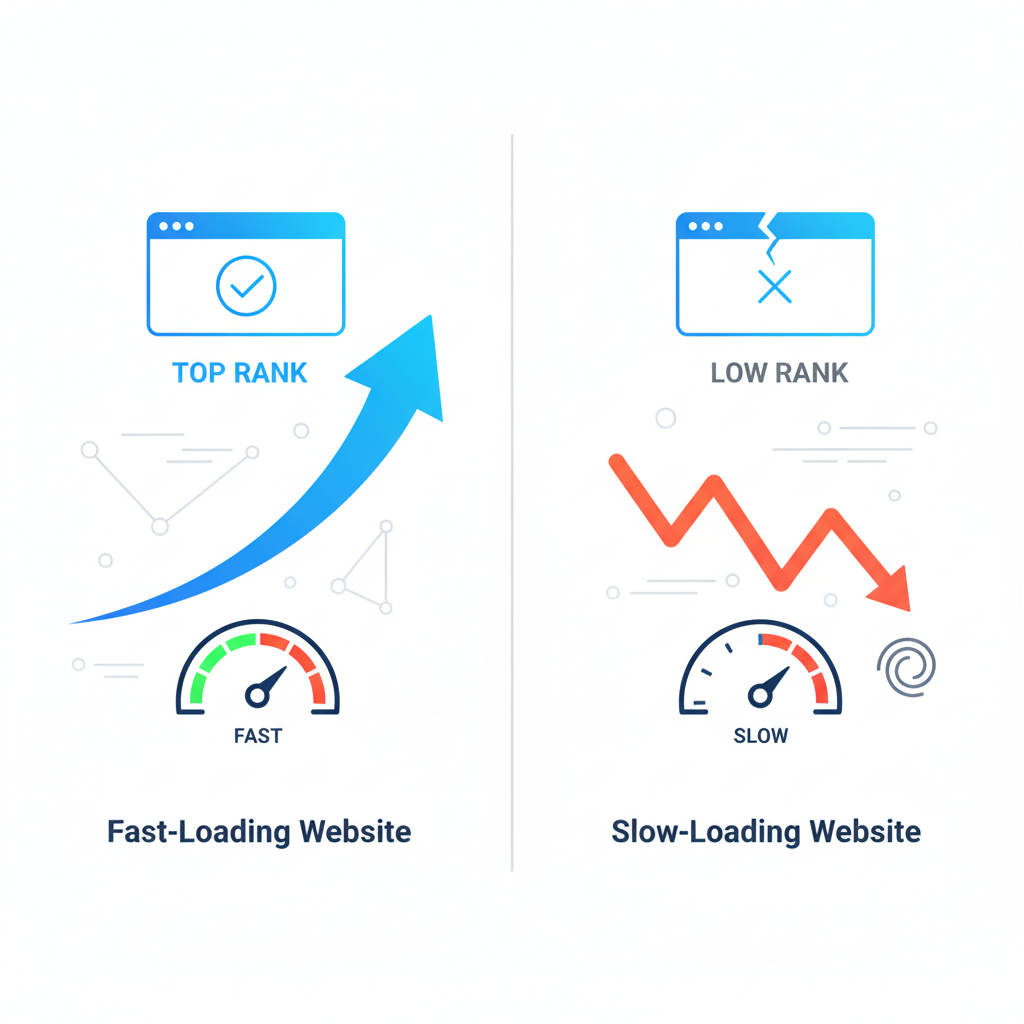Why Website Speed Matters in SEO Marketing
In the competitive world of SEO marketing, every second counts. Studies show that users expect websites to load in under three seconds—and anything longer can significantly increase bounce rates. But it’s not just about user experience; website speed affects SEO rankings directly. Search engines like Google now prioritize fast-loading pages to ensure users get instant, relevant results.
How Website Speed Affects SEO Rankings
Website speed is a confirmed ranking factor. Google’s algorithms measure Core Web Vitals, which assess how quickly your site loads, how stable it feels during loading, and how soon users can interact.
If your pages lag, it sends negative signals to Google, which can cause your site to rank lower—even if your content is exceptional.
Key Metrics That Influence SEO:
- Largest Contentful Paint (LCP): Measures how fast main content loads.
- First Input Delay (FID): Evaluates interactivity speed.
- Cumulative Layout Shift (CLS): Tracks visual stability during load.
When you improve these metrics, your website speed improves, and consequently, your SEO rankings strengthen.
The Connection Between User Experience and SEO Marketing
Slow websites frustrate visitors, leading them to abandon your site for competitors. High bounce rates, shorter session durations, and lower engagement all hurt your SEO performance.
Search engines recognize this behavior and interpret it as a poor user experience signal, penalizing your site accordingly.
Tip: Use tools like Google PageSpeed Insights to analyze and optimize your website performance.
Techniques to Improve Website Speed and SEO Rankings
1. Optimize Images and Media
Compress images without sacrificing quality. Use next-gen formats like WebP to reduce file size and speed up loading.
2. Implement Caching
Browser and server caching store static files locally, reducing server requests and improving load times.
3. Minify CSS, HTML, and JavaScript
Removing unnecessary code improves site efficiency and boosts SEO marketing results.
4. Use a Content Delivery Network (CDN)
A CDN speeds up content delivery by distributing it across multiple global servers, reducing latency for users.
5. Choose Reliable Hosting
Fast hosting is the backbone of SEO success. Choose a high-performance provider that offers SSD storage and strong uptime guarantees.
For more optimization strategies, check out Creative Idea Labs’ SEO Services.
The SEO Marketing Advantage of Speed Optimization
When your website loads fast, users stay longer, interact more, and convert better. These positive behaviors send strong engagement signals to Google—helping your site climb the SERP ladder.
Fast sites also enjoy higher mobile rankings and better overall visibility, especially as mobile-first indexing dominates SEO strategies.
Supporting Resources
- Google Search Central: Page Experience and Core Web Vitals
- HubSpot Blog: How Website Speed Impacts SEO
- Creative Idea Labs SEO Services: https://creativeidealabs.com/
Speed Equals SEO Success
In today’s fast-paced digital landscape, a slow website is a silent SEO killer. By optimizing your website speed, you not only enhance user satisfaction but also improve your SEO marketing performance.
Remember, even a one-second delay can mean the difference between ranking high—or losing visitors to faster competitors.




